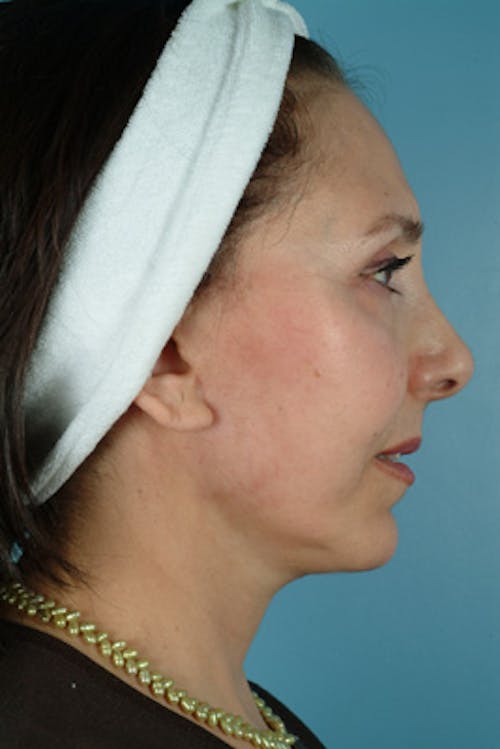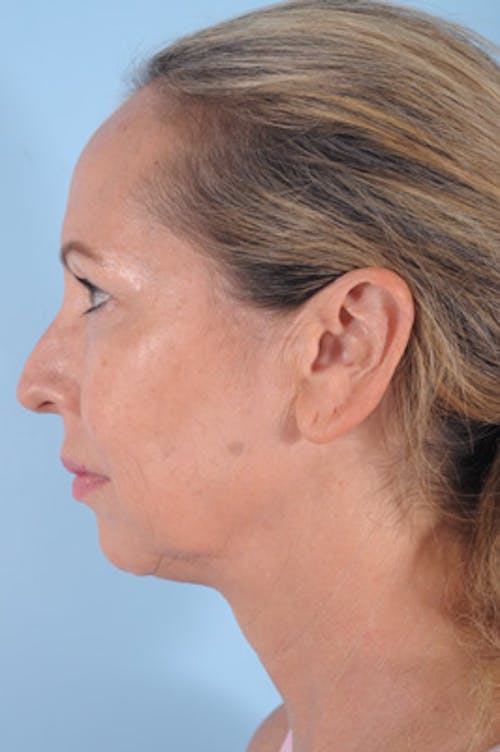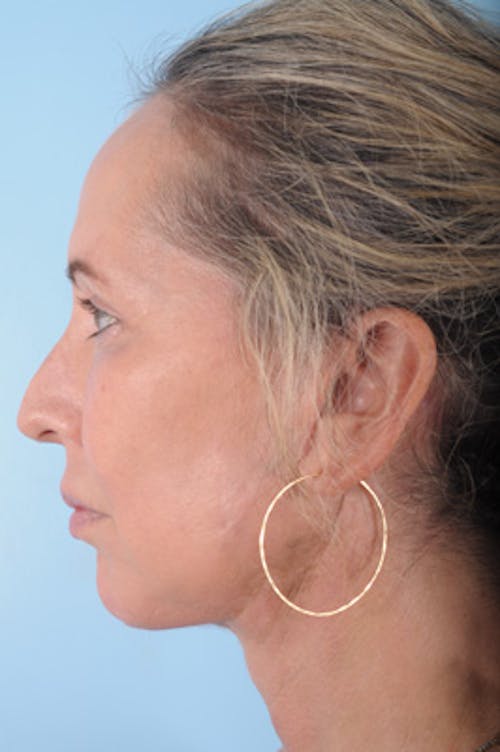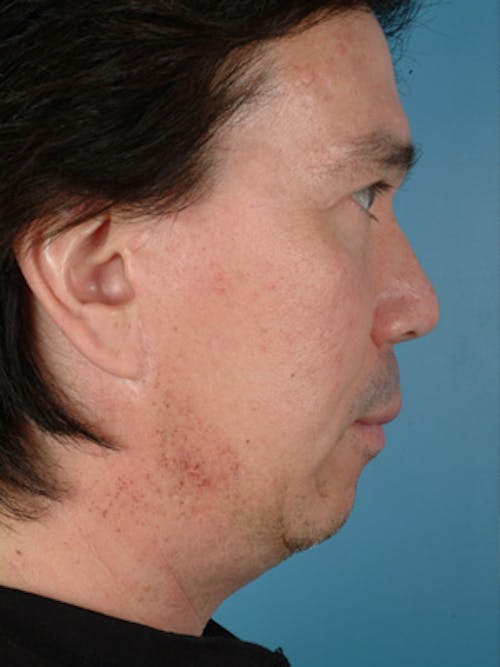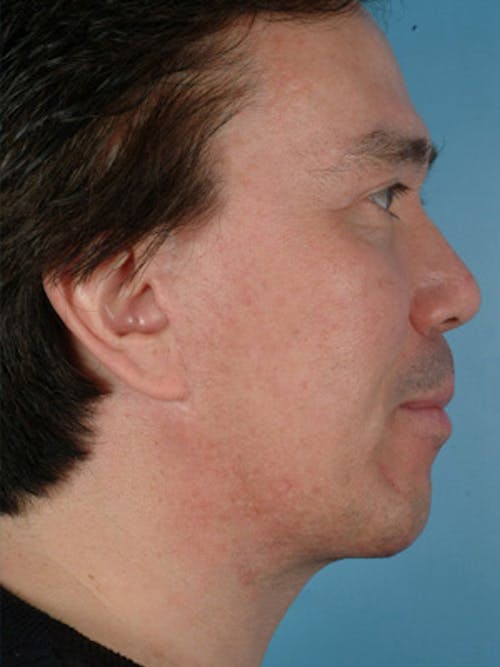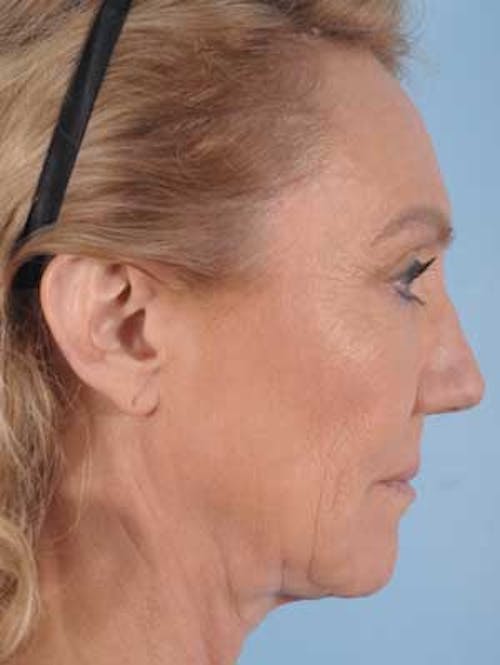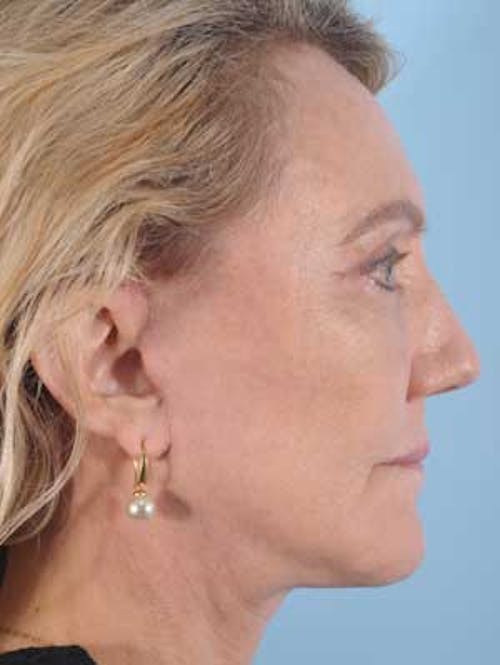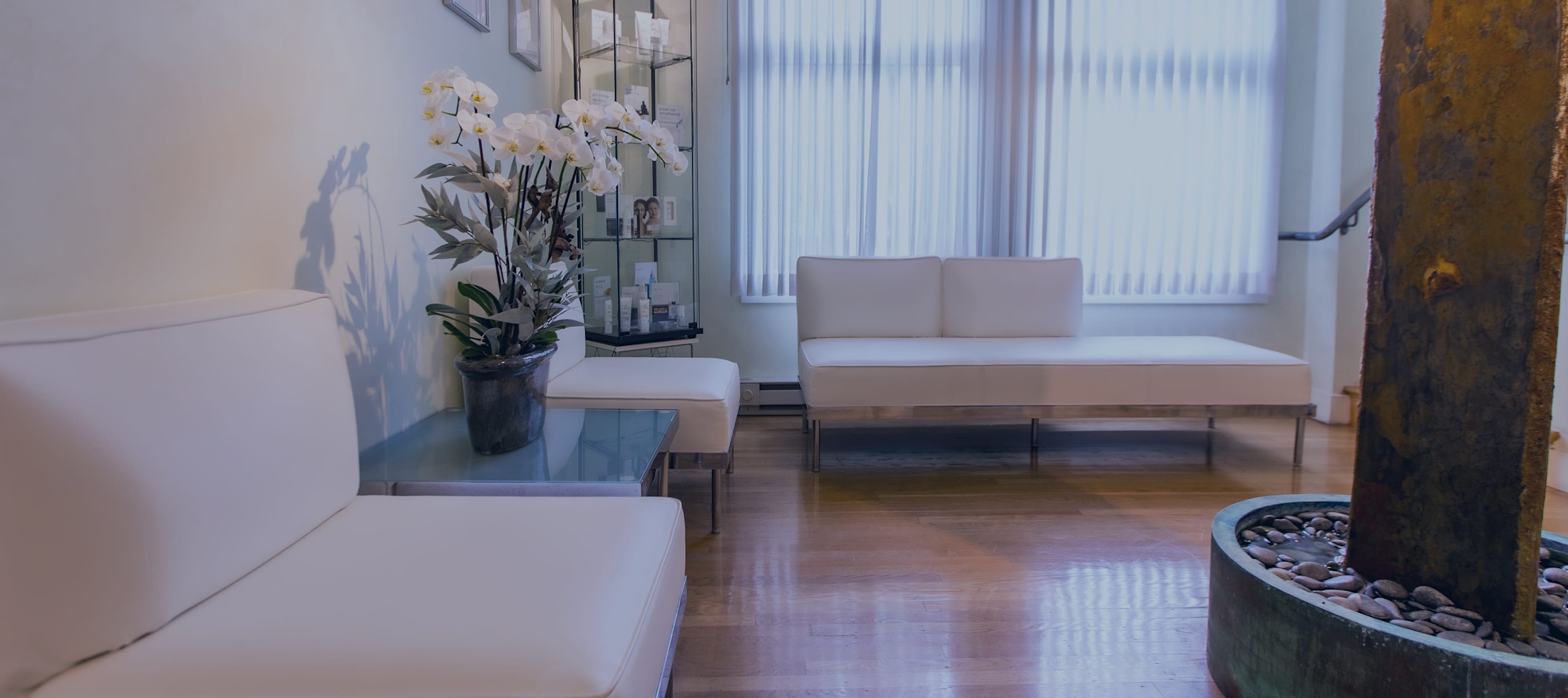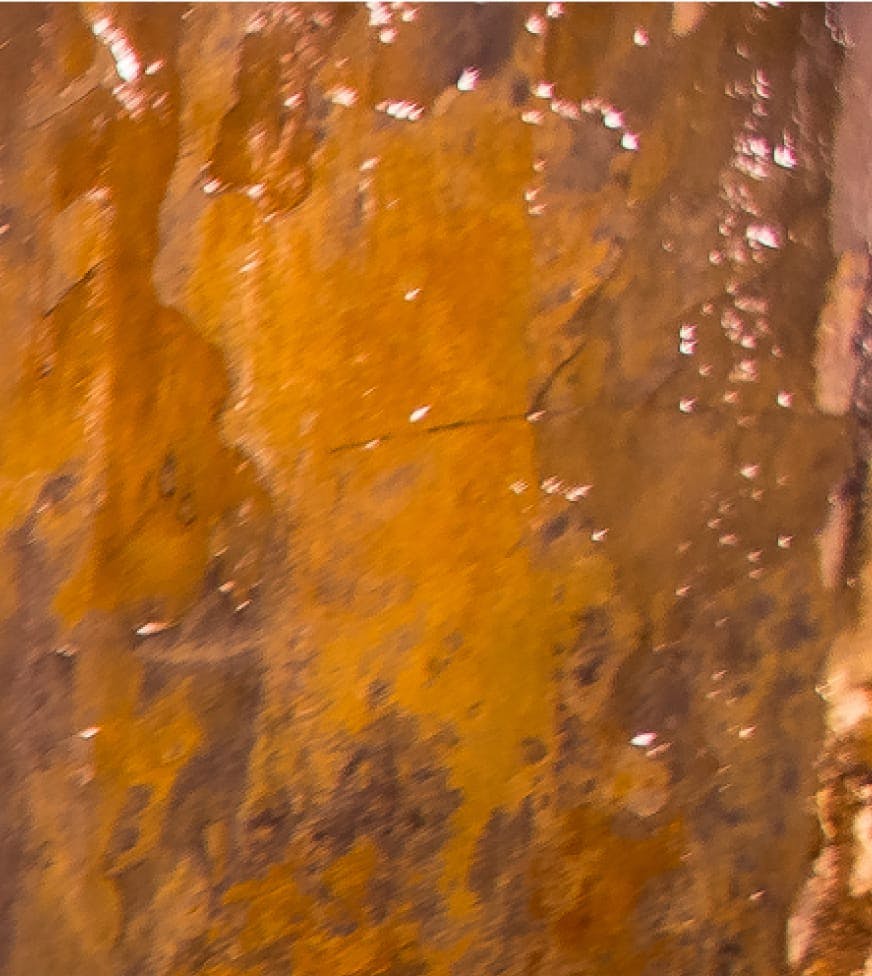For some people, a small chin that recedes or is not prominent enough can make the nose appear more prominent. Conversely, a large chin or one that protrudes can throw the rest of the face off balance.
Chin Implant
A chin implant can be inserted to balance the disproportionate chin and contoured to each individual. Chin implants are made of a soft and pliable silastic material that fits nicely under the covering layer of the bone (periosteum), making them virtually impossible to feel. There are two options for chin implant surgery: Dr. Maas can make a small incision in the depression between the lower lip and the external gums of the lower teeth, creating a pocket between the lining of the bone and the muscle and the fat covering the chin. Inserting the chin implant using this technique has the advantage of no external scar, but there is a slightly increased risk of infection. The other option for inserting a chin implant is making a small incision in the submental crease beneath the chin to create a pocket to insert the implant.
Dr. Maas determines the pocket size by accessing the face's structure and desired aesthetic result. Creating the perfect size pocket is the key to achieving an excellent chin implant result. An implant that fits the pocket size is inserted into place, and the incision is closed. The incision using this technique is made in the crease and is small, making the scar barely visible. Immediately after the procedure, a light-pressure dressing is utilized to control the swelling and the bruising. This dressing can be removed within 2-4 days, and normal activities can be resumed. Only mild discomfort is felt for the first few days after surgery and will subside with the swelling. If the incision within the mouth is irritating or sore, medicine can be prescribed to control the discomfort.



